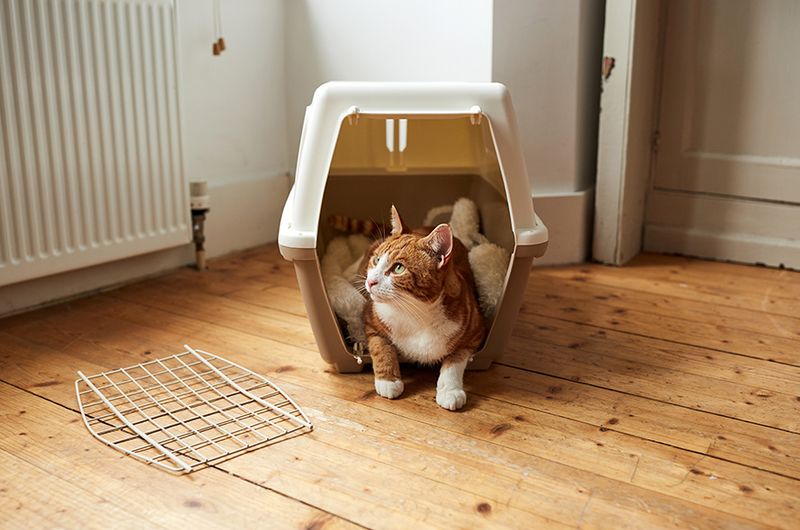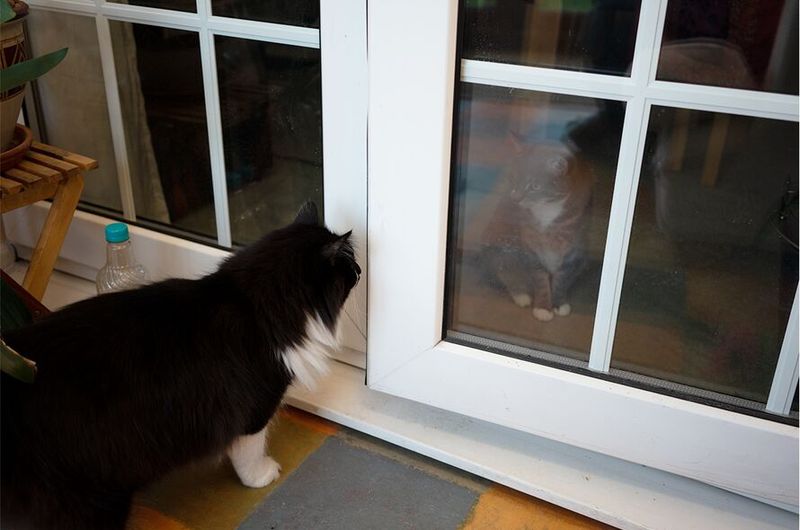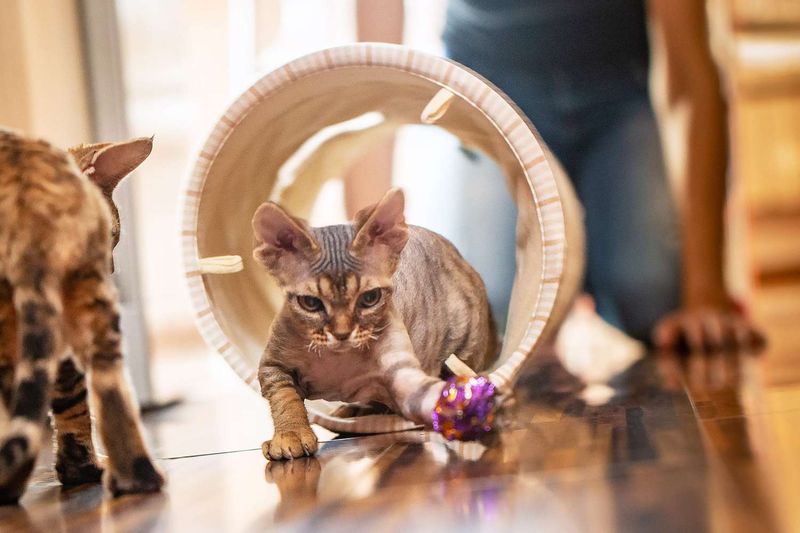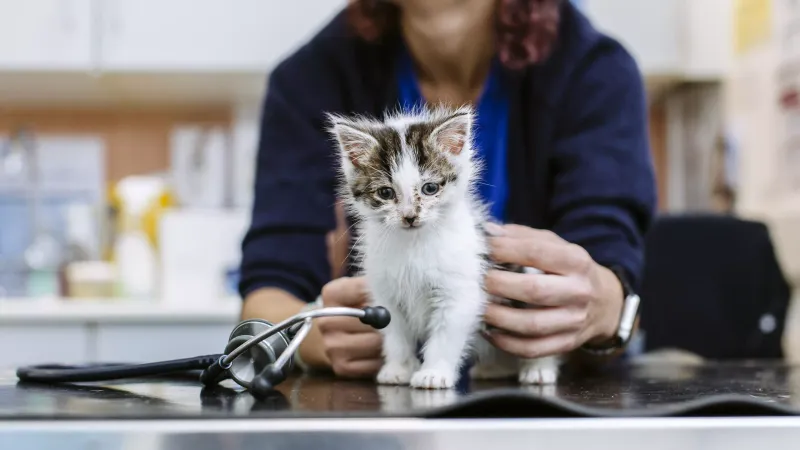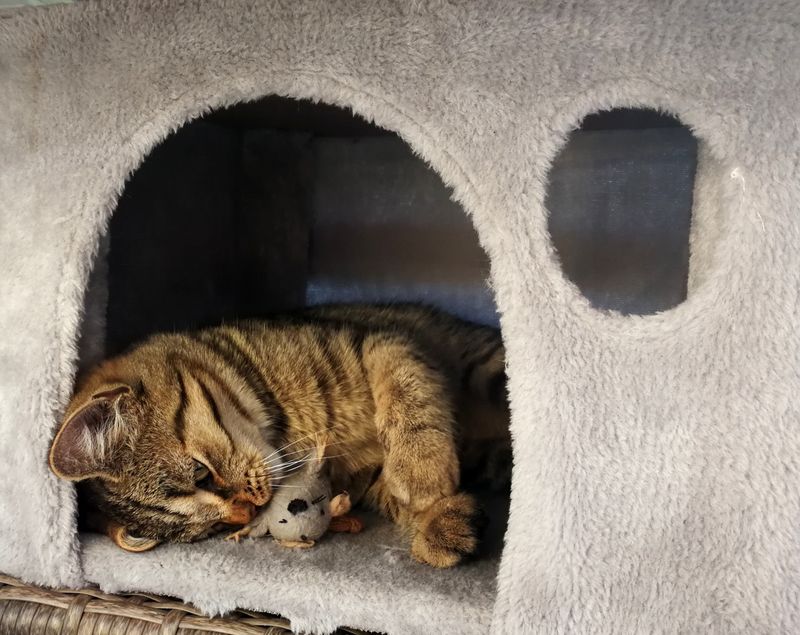📖 Table of Content:
Bringing a rescue cat into your home is an enriching experience for both you and the feline. However, it requires careful planning and understanding of the cat’s needs to ensure a smooth transition. In this guide, we explore seven essential steps to help your new furry friend settle in comfortably and safely.
1. Create a Safe Space
Imagine entering a world where everything is unfamiliar. This is what your rescue cat feels. To ease the transition, set up a dedicated room filled with comfort items. Include a soft bed, a litter box, and toys. Ensure the room is quiet and free from any disturbances. This personal sanctuary helps the cat acclimate to its new surroundings at its own pace. Providing a safe space not only reduces stress but also fosters a sense of security, making the introduction smoother and more welcoming.
2. Gradual Introduction to Family
Your new feline family member needs time to adjust. Start by allowing the cat to observe the family from a distance. Encourage family members to speak softly and use gentle gestures. Gradually introduce interaction, letting the cat come to them. Patience is key; forcing interaction can lead to anxiety. A gradual approach helps build trust and understanding. As the cat becomes more comfortable, it will naturally seek out companionship, fostering a loving bond with its new family.
3. Consistent Feeding Routine
A predictable routine can be comforting. Establish a feeding schedule that suits both you and your cat. Consistency in feeding times helps in creating a sense of normalcy and trust. Use high-quality cat food to ensure proper nutrition. Over time, the cat will associate meal times with safety and care. The predictability of a routine helps in reducing stress and anxiety, laying the groundwork for a stable and happy relationship.
4. Slow Introduction to Other Pets
If you have other pets, introduce them slowly. Start by exchanging their scents using blankets or toys. Allow the cat to observe other pets from a safe distance, gauging reactions. Monitor interactions closely for any signs of distress or aggression. Gradual exposure is crucial to avoid territorial disputes and ensure harmony. With patience and careful supervision, your rescue cat can become a cherished member of the multi-pet household.
5. Encourage Play and Exercise
Playing is essential for a cat’s well-being. Provide toys that stimulate your rescue cat’s curiosity and hunting instincts. Interactive play sessions build confidence and strengthen the bond between you and your cat. Regular exercise keeps the cat healthy and mentally stimulated. Encourage exploration by setting up climbing structures or hiding treats around the house. This not only keeps the cat engaged but also reduces stress and prevents boredom.
6. Monitor Health and Wellness
Regular vet check-ups are vital. Schedule an initial health assessment soon after adoption. This ensures vaccinations are up-to-date and addresses any health concerns. Pay attention to behavioral changes, as they may indicate stress or illness. Monitoring health is crucial for a long, happy life together. A proactive approach to wellness not only prevents future issues but also reassures your cat that it is safe and cared for.
7. Establish a Quiet Environment
Creating a calm environment allows your rescue cat to feel safe. Maintain a quiet household, avoiding loud noises and sudden movements. Soft music can soothe and reassure. Arrange cozy hideaways where the cat can retreat when feeling overwhelmed. A peaceful setting supports mental and emotional well-being, essential for adaptation. By fostering tranquility, you help your cat transition to its new home with greater ease.

